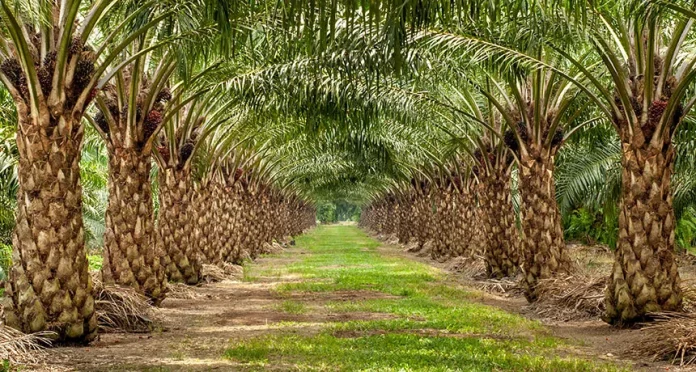In Malaysia, exports rose 7.3% yoy, higher than expectations driven by manufacturing and agriculture sectors in May, while imports grew at a steady pace of 13.8% in May (vs. 15.5% in Apr), driven by higher imports in all segments.
Malaysia’s trade surplus widened slightly to RM10.1bn, higher than Apr’s RM7.7bn following an increase in export value.
E&E supported May’s shipments
The expansion in May exports was largely supported by the E&E segment (+7.6% yoy vs. +0.9% in Apr) as well as other manufactures and metals.
CGS International (CGS ) believes that E&E growth (39.1% of total exports) will remain strong for the rest of this year following 2023’s low base and stronger-than-expected rebound in China impacting overall global industry demand.
The recent revision to its 2024F semiconductor global sales growth forecast to 16% yoy (13.1% previously) by World Semiconductor Trade Statistics signals stronger demand in the industry; APAC and the US are forecast to see double-digit yoy growth in semiconductor sales for the year.
Exports of manufactured goods remained strong at 8.3% yoy in May, which could indicate a recovery in global demand owing to expansion in key consumer markets which will continue to support manufacturing growth.
Malaysia’s Purchasing Managers Index (PMI) on manufacturing rebounded above the expansion level of 50 after 20 months of moderation.
According to the S&P PMI report, the sector started to improve in mid-2Q24, supported by new orders and exports, hinting an acceleration in Malaysia’s GDP growth.
Strong palm oil exports
Meanwhile, agriculture goods exports expanded by 22.1% yoy in May, driven by higher exports of palm oil and palm oil-based agriculture products (+22.3% yoy). According to the Department of Statistics, the increase in commodity prices boosted the overall export growth for palm oil, in tandem with a rise in export volume.
CGS believes palm oil exports will remain strong for the rest of the year, following a higher Malaysia Palm Oil Board’s (MPOB) 2024F palm oil price projection of RM3,900 – RM4,200 vs. RM3,836 average price in 2023, supported by better labour supply.
CGS also anticipates production to remain steady despite the El Nino impact as the previous cycle of El Nino did not impact production much earlier this year, according to MPOB. In addition, Indonesia is testing a Biodiesel B40 programme after the implementation of the B35 biodiesel mandate.
CGS thinks this programme could potentially boost CPO price further, owing to a reduction in global palm oil supply in the export market.
Both goods and services to support current account
CGS maintains their 2024F export growth forecast at 9.0% yoy (2023: -8.0%), supported by an
improvement in trade conditions following the 4M24 seasonally adjusted export volume growth of -0.2% yoy vs. -4.7% in 4M23. Meanwhile, seasonally adjusted import volume growth was 14.0% yoy in 4M24 vs -3.7% yoy in 4M23 (May data yet to be released).
As for the current account, a recovery in services account following an increase in foreign tourist arrivals could further support current account surplus in tandem with an improvement in the global demand for goods.
CGS maintains their 20204F current account forecast at 2.7% of GDP (1.5% of GDP in 2023).









